Frequently asked questions about BioLit Junior
Here you will find answers to the most frequently asked questions about BioLit.
1. When to carry out this protocol?
You can participate in BioLit and send us your data throughout the year. However, participation is most enjoyable from April onwards on a sunny day!
2. The algae are not distributed in belts, what can I do?
This is not a problem! It is often observed that the flatter the foreshore, the less the seaweed species are organised in belts. What we are really interested in is the link between seaweed and the animals that live in it.
3. How to choose your foreshore?
It is best to identify the foreshore before taking a group of students there. Choose a rocky foreshore, at low tide, and check for large brown seaweed. It is not necessary to choose the site where the seaweed is densest.
If you are unsure of which site to choose, choose based on the accessibility of the site and the safety of the students.
4. Am I allowed to turn over rocks?
Boulders can be turned with care and as little as possible. It is important that each rock turned over is returned to its original position and orientation. Make sure that all students do this so as not to impact the environment.
5. What if the quadrat lands in an area without algae?
As the quadrats are thrown randomly, it is possible that they will land on an area where brown algae are not dominant but rather on bare rock. Do not move the quadrat and proceed as usual!
